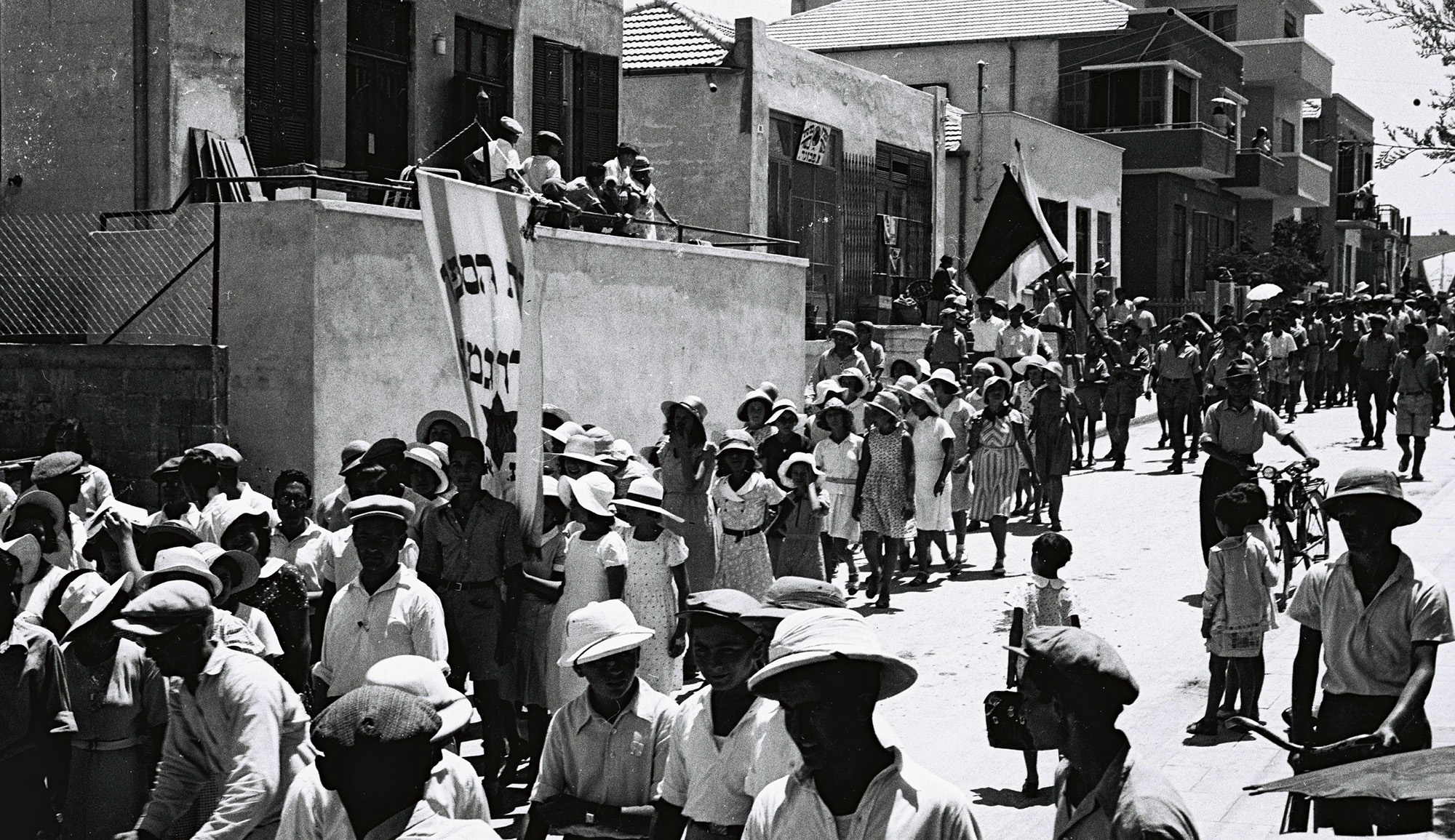Abraham Isaac Ha-Kohen Kook (1865-1935), the first Ashkenazi chief rabbi of Mandatory Palestine, sought in his writings to develop a theological vision of Jewish spiritual and national renewal through the return to Zion. Drawing on one of Kook’s recently published manuscripts, Bezalel Naor explains his suggestion that a synthesis of kabbalah and science (or secular knowledge more generally) could be put into the service of this vision. As a model of that synthesis, Naor writes, Kook looked to the work of the 17th-century Rabbi Abraham Cohen Herrera:
Herrera (d. 1635) studied in Ragusa (today Dubrovnik, Croatia) under Rabbi Israel Sarug, a peripatetic teacher who transmitted a form of kabbalah based on the teachings of Isaac Luria [1534-1572] to several distinguished students in Italy. . . .
Herrera’s Spanish work of kabbalah, Puerta del Cielo (“Gate of Heaven”), remained until recently an unpublished manuscript. Luckily, Isaac Aboab da Fonseca (1605-1693), who would become the rabbi of the Portuguese community of Amsterdam, translated portions of the work into Hebrew at Herrera’s behest. The [translation] was printed in Amsterdam in 1655 under the title Sha’ar ha-Shamayim.
What strikes the reader of Sha’ar ha-Shamayim is the ease with which Herrera juxtaposes arcane Lurianic kabbalah and Neoplatonic philosophy. . . . Herrera shuttles between Israel Sarug and [the 15th-century Italian Catholic Platonist] Marsilio Ficino without batting an eyelash. . . .
Kook asserts that in Sha’ar ha-Shamayim we have a rapprochement between kabbalah and the science of the day. In this, Kook may be barking up the wrong tree. In the 17th century, in the Netherlands as well as in Italy, there was a demarcation (however blurred) between philosophy and science. . . . Be that as it may, however, Kook advocates the marriage of kabbalah and science.
More about: Abraham Isaac Kook, Judaism, Kabbalah, Religion & Holidays, Renaissance, Science and Religion


